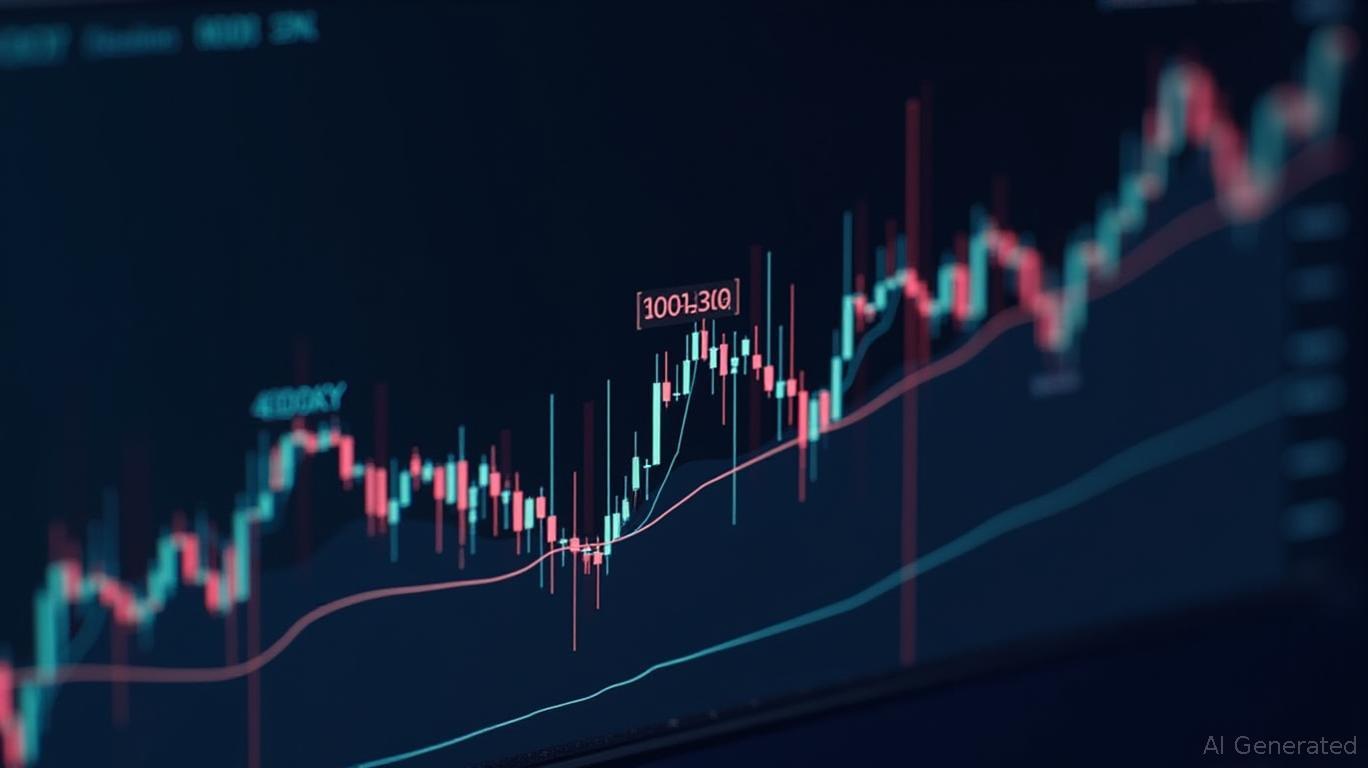Circle (CRCL): Riding the Regulatory Wave to Stablecoin Supremacy
The U.S. Senate's passage of the GENIUS Act in June 2025 marks a pivotal moment for the $260 billion stablecoin market—and
(CRCL) stands to benefit most. This legislation, mandating reserve transparency and Treasury-backed collateral for stablecoins, transforms USDC into a regulated financial instrument. For investors, this is no mere compliance milestone: it's a catalyst for exponential growth. Let's dissect how Circle is positioned to dominate the next era of digital finance.Regulatory Tailwinds: The GENIUS Act's Game-Changer

The GENIUS Act requires stablecoin issuers to maintain a 1:1 reserve ratio with high-quality assets like U.S. Treasury bills. This eliminates the shadow of regulatory ambiguity that has stifled institutional adoption. For Circle, which already holds $61.4 billion in USDC reserves (up from $44 billion in 2024), the law validates its model and opens doors to partnerships with banks, governments, and Fortune 500 firms.
Treasury Secretary Scott Bessent has highlighted the strategic importance of stablecoins: they could soon account for $2 trillion in Treasury demand by 2028, solidifying the dollar's global dominance. Circle's $2.6 billion in annual Treasury yield (2024) grows exponentially as reserves scale—a virtuous cycle where adoption begets liquidity, which begets more yield.
The Revenue Engine: From $61B to $2T Reserves
Circle's profit model is deceptively simple: park reserves in Treasuries and pocket the interest. With the GENIUS Act now law, institutional investors can confidently park capital in USDC, knowing reserves are auditable and backed by government debt.
The math is compelling:
- Tether's $95 billion in Treasuries generated $14 billion in annual interest in 2024.
- If USDC reaches $2 trillion in reserves (as projected by Seaport Global), Circle's revenue could hit $130 billion annually—assuming a conservative 6.5% yield.
Disrupting Visa/Mastercard: A New Era of Payment Economics
Stablecoins' 80% lower cost for cross-border transactions than SWIFT or credit cards is no small threat to Visa (V) and Mastercard (MA). While these incumbents remain entrenched, Circle's partnerships are accelerating disruption:
- Coinbase Payments Integration: Coinbase's 2025 roadmap ties its commerce platform to USDC, enabling businesses to settle invoices in dollars—without Visa's 2–3% fee.
- Corporate Adoption: Walmart, Amazon, and Meta are piloting USDC for supplier payments, bypassing traditional rails.
The fast adoption scenario—where stablecoins capture 15% of global payment volume by 2030—is already within reach. Visa's $225 million pilot with USDC in Africa hints at a pragmatic response: partner or perish.
Technical Momentum: The $235 Price Target Is No Mirage
Circle's stock has surged 180% since its IPO in 2021, but the best gains may lie ahead.

- Key Resistance Levels: A close above $150 (2024 highs) would target $235, as per Seaport's analysis.
- Volume Surge: Trading volume has spiked 300% since the GENIUS Act's passage, signaling institutional buying.
- Valuation Metrics: At a $235 price target, CRCL's EV/EBITDA of 27x is justified by its 30% revenue growth trajectory and first-mover advantage.
Risks and the Bottom Line
Risks remain: regulatory delays, CBDC competition, and liquidity crises. Yet Circle's $61.4B reserve cushion and MiCA compliance (the EU's crypto law) mitigate these.
Investment Recommendation: Buy CRCL. The GENIUS Act's passage is a generational tailwind for the regulated stablecoin market. With a $2 trillion addressable market and a moat widened by Treasury partnerships, Circle is a buy below $150—a price that blends growth ambition with risk management.
In the digital dollar economy, Circle is the bank of the future.

Comments
No comments yet